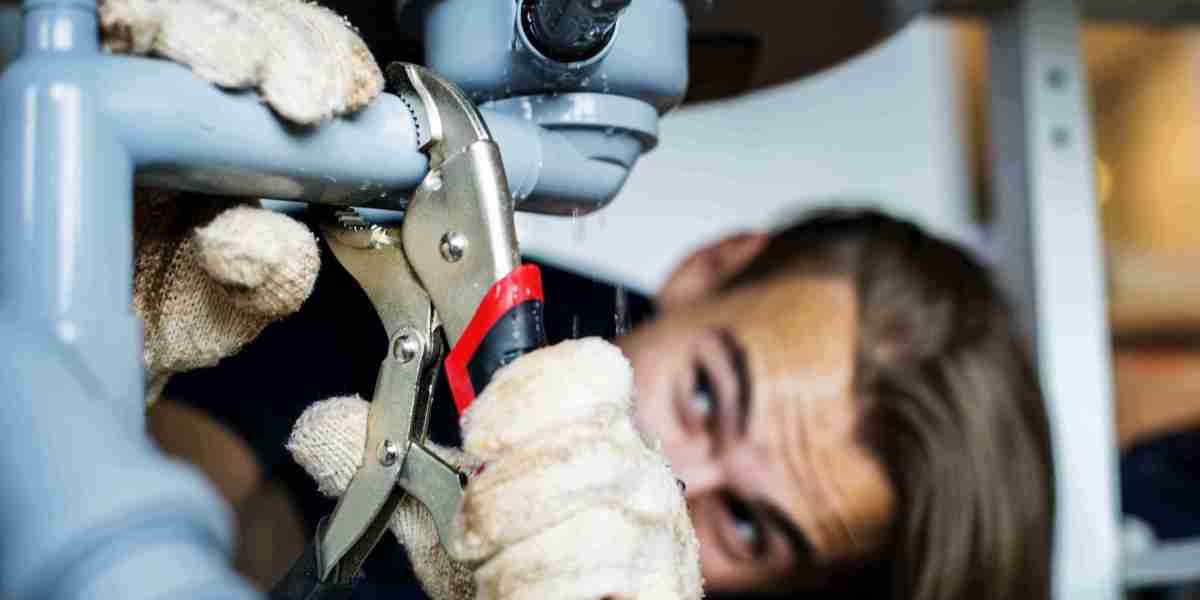A flat, toned abdomen is a common goal, yet achieving it can be difficult for many despite rigorous diet and exercise. Factors such as pregnancy, weight loss, and aging often lead to excess skin and weakened abdominal muscles. For those struggling with these issues, a Tummy Tuck Treatment in Islamabad or abdominoplasty, can offer a transformative solution. In this guide, we'll explore what a tummy tuck involves, who it’s best for, and how to navigate the recovery process.
What Is a Tummy Tuck?
A tummy tuck is a cosmetic surgery designed to improve the appearance of the abdomen. The procedure involves removing excess skin and fat from the abdominal area and tightening the underlying muscles to create a smoother, firmer profile. This surgery is particularly beneficial for individuals who have loose, sagging skin and weakened abdominal muscles that do not respond to diet and exercise alone.
Types of Tummy Tuck Procedures
There are several variations of tummy tuck procedures, each tailored to address different concerns:
Full Tummy Tuck (Traditional Abdominoplasty): This procedure is the most comprehensive and addresses both the upper and lower abdomen. It involves a horizontal incision made across the lower abdomen, just above the pubic area. In many cases, a second incision around the belly button is necessary. This method is ideal for those with extensive skin laxity and muscle separation.
Mini Tummy Tuck: A mini tummy tuck is a less invasive option that focuses on the lower abdomen below the belly button. It involves a smaller incision and is suitable for individuals with minimal skin laxity or muscle separation. This procedure typically does not require repositioning of the belly button.
Extended Tummy Tuck: Designed for patients who have lost significant amounts of weight, the extended tummy tuck involves a longer incision that extends beyond the hips. This approach allows for the removal of excess skin and fat from the abdomen, flanks, and lower back, offering a more comprehensive body contour.
Fleur-de-Lis Tummy Tuck: This technique involves both horizontal and vertical incisions and is used for patients with severe skin laxity. It allows for extensive removal of excess skin and provides significant contouring for the abdomen.
Who Is a Good Candidate?
A tummy tuck is not suitable for everyone. Ideal candidates typically:
- Have Excess Skin and Fat: This procedure is most effective for those who have lost a substantial amount of weight or have experienced multiple pregnancies, resulting in loose, sagging skin.
- Have Separated Abdominal Muscles: Conditions such as diastasis recti, which involves separated abdominal muscles, can be repaired with a tummy tuck.
- Are Close to Their Ideal Weight: A tummy tuck is not a weight-loss solution. Candidates should be at or near their target weight before undergoing surgery.
- Are in Good Health: Ideal candidates should be free from medical conditions that could complicate the surgery or recovery.
- Do Not Plan Future Pregnancies: While a tummy tuck does not prevent future pregnancies, additional pregnancies can stretch the skin and muscles, potentially reversing the results of the surgery.
The Tummy Tuck Procedure
A tummy tuck is typically performed under general anesthesia and can take between two to five hours, depending on the complexity of the procedure. Here’s an overview of what to expect:
Incision: The surgeon makes a horizontal incision above the pubic area. The length of the incision depends on the amount of skin to be removed. For a full tummy tuck, a second incision around the belly button may be required.
Muscle Repair: The surgeon tightens and repairs separated abdominal muscles, which helps to create a firmer abdominal wall.
Skin and Fat Removal: Excess skin and fat are removed. Liposuction may be used to further contour the abdominal area if needed.
Belly Button Repositioning: If necessary, the belly button is repositioned to fit the new contour of the abdomen.
Closing the Incisions: The incisions are closed with sutures, and a compression garment is applied to support the abdomen and reduce swelling.
Recovery and Aftercare
Recovery from a tummy tuck requires careful attention and patience. Here’s what you can expect:
Initial Recovery: You may experience swelling, bruising, and discomfort, which can be managed with prescribed pain medication. Drainage tubes may be placed to remove excess fluids.
Weeks 1-2: Rest and light movement are important. You will need to wear a compression garment to support the abdominal area and minimize swelling. Most people can return to work within two to four weeks, depending on the extent of the surgery.
Weeks 3-6: Gradual return to light activities is encouraged. Strenuous exercise and heavy lifting should be avoided until your surgeon gives you the go-ahead.
Full Recovery: Complete recovery can take up to three months. Following your surgeon’s post-operative care instructions and maintaining a healthy lifestyle will help you achieve the best results.
Risks and Complications
As with any surgery, there are potential risks, including:
- Infection: Proper wound care and adherence to hygiene instructions can help prevent infections.
- Scarring: Scars from a tummy tuck are permanent but typically fade over time. The incisions are placed where they can be hidden by clothing.
- Fluid Accumulation (Seroma): Fluid buildup under the skin may occur but is usually managed with drainage tubes or additional procedures.
- Temporary Numbness: Some patients experience temporary numbness around the incision area, which generally resolves as healing progresses.
Long-Term Benefits
A tummy tuck can provide lasting improvements, enhancing both your appearance and self-confidence. Many patients find renewed satisfaction with their body shape and experience better posture and reduced back pain due to the strengthened abdominal muscles.
Conclusion
A tummy tuck is a powerful solution for those dealing with excess skin, stubborn fat, and muscle separation in the abdominal area. Whether you’re recovering from pregnancy, weight loss, or aging, this procedure can help you achieve a smoother, firmer midsection and boost your self-esteem. By consulting with a qualified plastic surgeon and following a thorough recovery plan, you can enjoy the transformative benefits of a tummy tuck for years to come.







